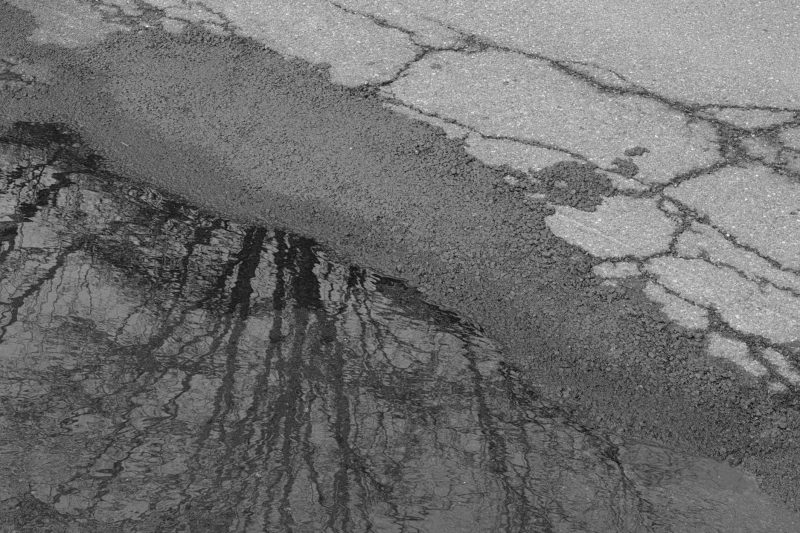The project has taken on an outsized and, I would argue, partly counterproductive role in the world of photography. Most photographers work with projects, whether one or any number at the same time (the latter is usually a bad idea). They take their pictures with those projects in mind, and there is no overlap between them. A photograph belongs to one project and one project only, never to be used again anywhere else.
Obviously, there are some benefits to this idea. Besides the fact that a project fits neatly into our neoliberal world with its clearly defined and easily commodifiable units, projects provide a basic and easy way to organise work. Add on a statement at the end, put the pictures in a book and/or exhibition, and then move on to the next.
If you’re teaching photography, projects are a godsend. They create structure for something that in itself does not have any (how do you teach making art?). Projects can be pressed into the structure of your teaching: they might have to last a semester or a year or any other arbitrary time period imposed by the limitations of your program and/or university.
But a project, and I think this aspect is widely acknowledged, creates a problem: when do you end it? If you’re shoehorned into a time schedule by your teacher, that will give you a parameter. Of course, everybody knows that your project might not in fact be done in a semester or year. In addition, the inclination by many photographers is to let projects run longer than they need to. The right point when to finish it is often difficult to find.
Furthermore, projects can create severe restrictions that are essentially self-imposed. In my years of teaching, it was very common to observe a student cling to the small set of early pictures that had provided the initial impetus. Instead of moving past them and truly exploring the potential of a growing body of work, the early pictures became anchors that resulted in the ship never leaving the harbour.
In part related is the fact that the structure of a project often precludes experimentation. There are at least two reasons I can think of why that’s the case. First, speak to any photographer, and they will all be very cagey about projects that didn’t go anywhere. In part, that’s because of the world of photography’s general inability to recognise the productive role failure can play in one’s practice (I probably don’t have to explain how an inability to face failure is rooted in the machismo that unfortunately still dominates vast swatches of the world of photography).
If you won’t want to (or are unable to) fail then obviously, you’re not going to grow much as an artist. And the larger problem percolates down to the smaller level. If you can’t bear failing when producing a project, then you also can’t bear failing when it comes to individual pictures. I can’t tell you how often I heard something along the following lines from a student: “I have an idea for a picture, but I don’t know whether it will work. What do you think?”
In principle, you should be able to see how that’s a huge problem. You’re not going to be creative if you do not in fact create something, the consequences be damned. My standard answer was (and still is): “I don’t know, you need to make the picture and see.” Which worked only 50% of the time. A lot of students were eager to wallow in endless speculation over pictures they didn’t have instead of simply working things out in a creative fashion.
The framework of the project exacerbates that problem: the project must not fail, and individual pictures must not fail. There goes all playfulness out of the window — and experimentation alongside it.
How will you grow as an artist if you don’t experiment? If you don’t allow yourself to fail? If you don’t allow for at least some playfulness in your process? Well, you won’t. It’s really that simple. Instead, you’ll merely be repeating what you already feel comfortable with (which, by the way, can be a good business model as many photographers have been demonstrating).
Beyond all the problems I discussed above, there are more fundamental ones. […]
The full text of this article is only available on my Patreon. In addition, you will find exclusive articles, videos, and audio guides about the world of the photobook and more. For those curious, there now is the possibility of a trial membership for seven days.
Much like journalism, photography criticism involves a huge investment of time and resources. When you become a subscriber, you not only get access to more of my work. You will also help me produce it (including the free content on this site).
Thank you for your support!
